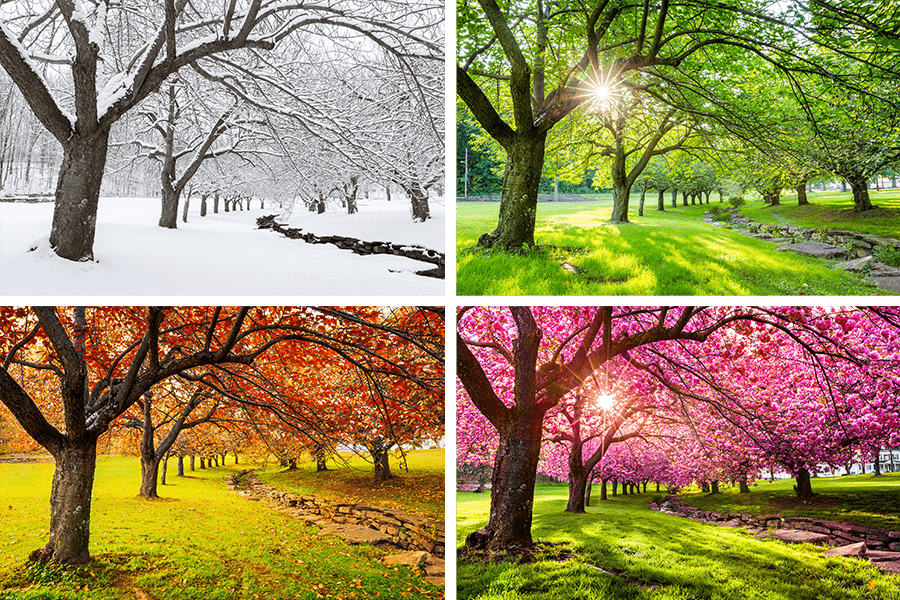6 | Summary
Summary
- Earth’s axis is on a 23.5 degree tilt relative to its orbital plane.
- This tilt always points towards the north and south celestial poles as Earth orbits the sun.
- Earth’s fixed tilt results in:
- Differences in day and night lengths for different parts of the Earth and at different times of the year.
- Seasons, which are the opposite for the northern and southern hemispheres.
- The part of the Earth facing towards the sun experiences daylight (day), while the part of the Earth facing away from the sun is experiencing darkness (night).
- Day and night lengths vary between hemispheres.
- The hemisphere tilting towards the sun experiences longer days and shorter nights.
- The hemisphere tilting away from the sun experiences shorter days and longer nights.
- The greater the distance from the equator, the greater the difference between day length and night length.
- The greater the distance from the equator, the greater the difference in daylight hours throughout the year.
- Sunlight intensity varies depending on how directly a point on Earth faces the sun.
- The more directly it faces the sun, the greater the sunlight intensity.
- For any location on Earth’s surface, the relative angle to the sun changes throughout the year, resulting in differences in sunlight intensity and, consequently, different seasons.
- One hemisphere is always receiving more direct sunlight than the other, resulting in opposite seasons for the northern and southern hemispheres.
- Seasons are also affected by day length.
- Days are longer in summer and shorter in winter, respectively increasing and decreasing the amount of sunlight energy absorbed.
- The greater the distance from the equator, the greater the variation in sunlight intensity and, consequently, the greater the differences between seasons.
- Equatorial regions experience a wet and dry season, with little temperature variation.
- Mid-latitude regions experience four distinct seasons – summer, autumn, winter and spring.
- Polar regions experience long, cold winters and short summers.

(Image: Peter mandritoiu, Adobe Stock)

